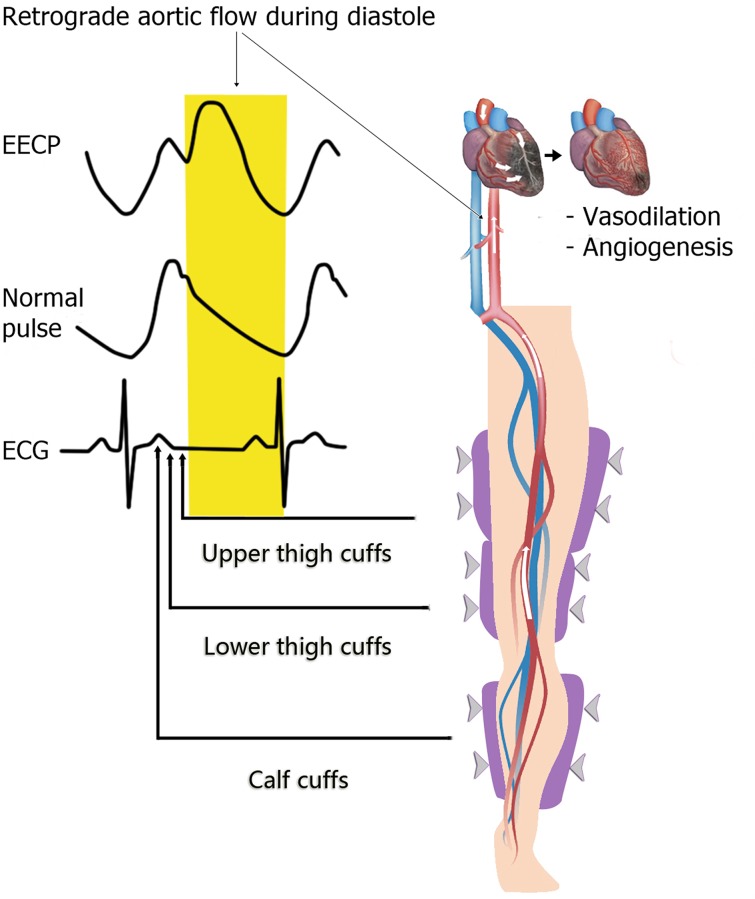Fig 4. Putative Physiological Mechanisms underlying EECP’s Effects on Myocardial Perfusion.
EECP produces a diastolic retrograde aortic flow that enhances coronary artery mean pressure and peak diastolic pressure. This retrograde aortic flow acts to improve coronary vasodilation and angiogenesis through three putative mechanisms. First, through its pressure wave, EECP directly vasodilates existent vessels in the myocardium. Second, EECP increases de novo collateral vessel formation through promoting the release of angiogenic and vasoactive factors such as α-actin, von Willebrand factor (vWF), vascular endothelial growth factor (VEGF), basic fibroblast growth factor (BFGF), and hepatocyte growth factor (HGF). Third, EECP increases shear stress in the vasculature, a process which promotes the release of the angiogenic vasodilator nitric oxide (NO).

